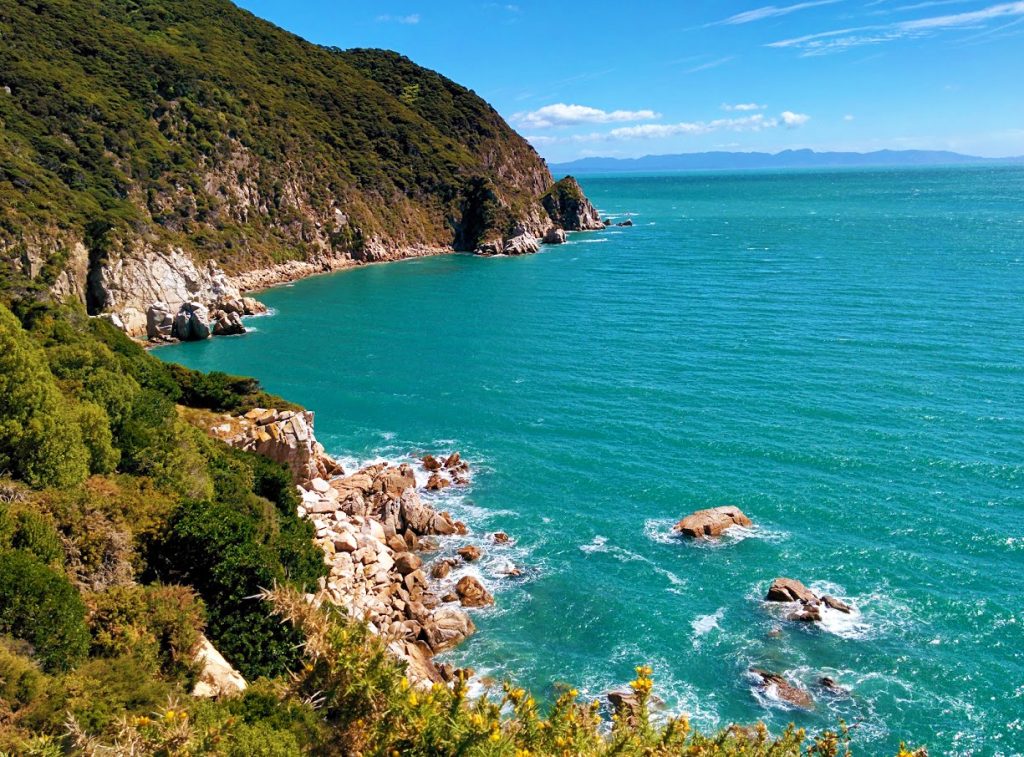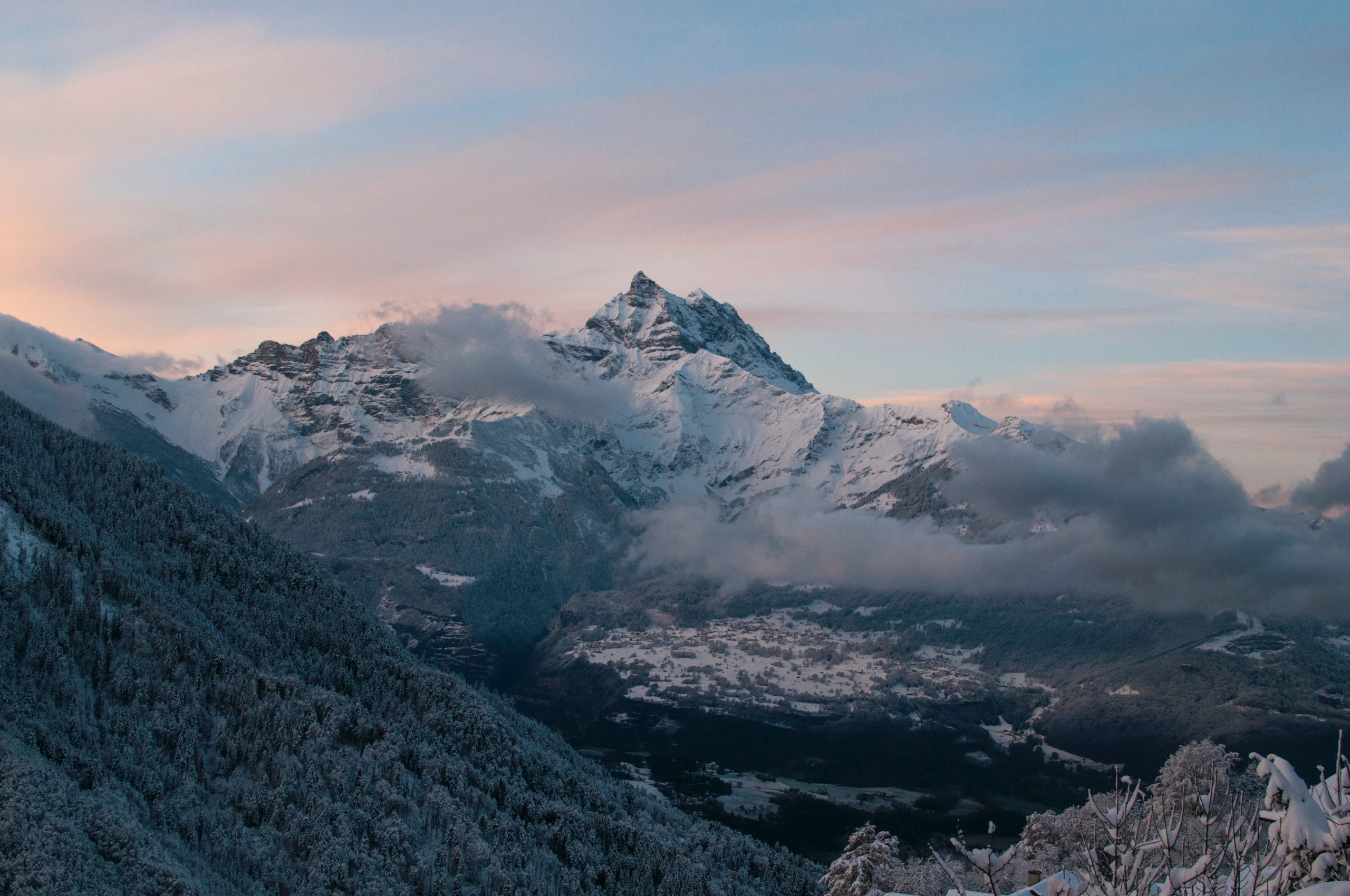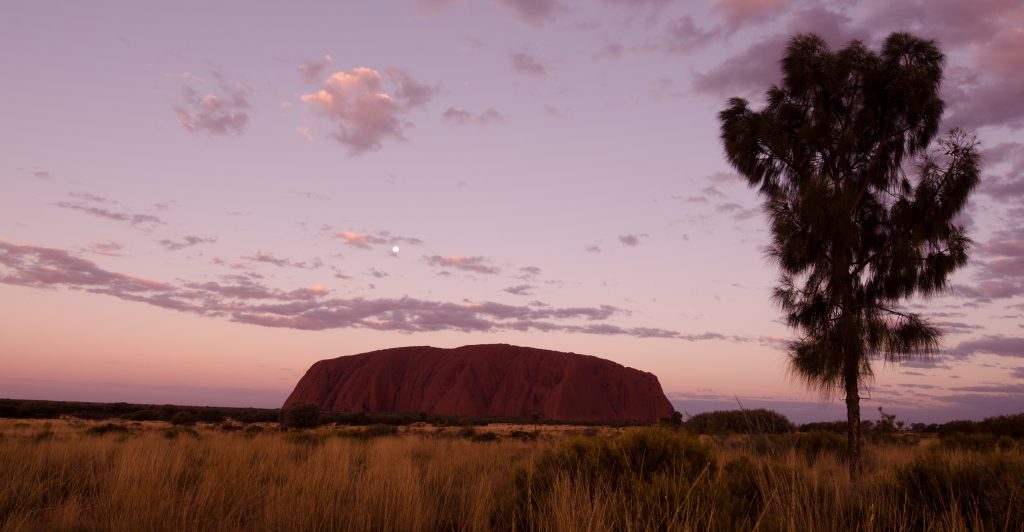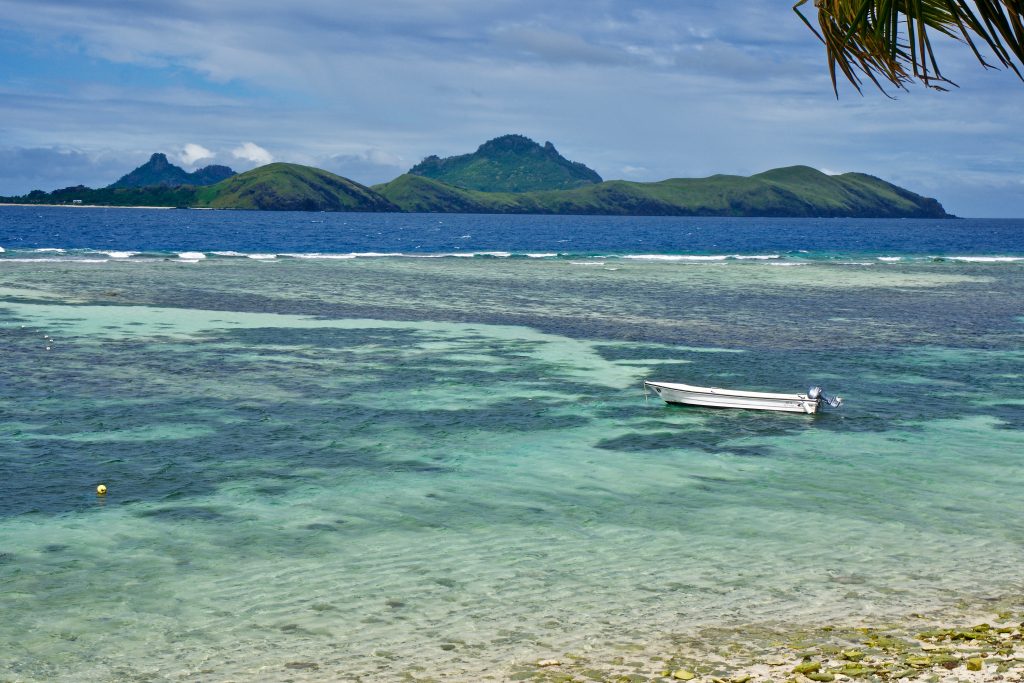Each of the 14 independent states and nations offers varying landscapes that are waiting to be explored.
The most common type of landscape in the Oceania region is an archipelago. It is a group of small islands that are either inhabited or uninhabited. There are four major archipelagos that comprise Oceania, which are Micronesia, Polynesia, Melanesia, and the Malay Archipelago. There are also several island groups in the region such as the Bismarck Archipelago, Samoan Islands, and the Mariana Islands, to name a few.
Atolls are another unique form of geographical landscape found in Oceania. It is an island consisting of multiple coral communities. Some of the most notable atolls are the Marshall Islands’ Kwajalein Atoll and those found in the nation of Kiribati (about 32 in total).
Other distinctive formations found in the region are volcanic islands. The infamous “Ring of Fire” is located in the region of Melanesia. It is a string of active volcanoes that are located along the border of the Pacific Ocean.
Travel Guides
About the Culture
The people of Oceania possess a rich repository of cultural tradition. These traditions span several centuries and have been passed on from one generation to another. Due to the arrival of Europeans to the islands in Oceania, there is also a significant amount of Western influence in the modern culture of these nations.
Despite these Western influences, the indigenous cultures in the region are still largely preserved. Many communities have sustained their ancestral way of living. From the method of cooking by burying food underneath the soil, to their language and religious beliefs, they are still practised today. In Melanesia alone, about 85% of the population live in rural areas and are self-sufficient.
Top Oceania Attractions
Oceania is gifted with an abundance of natural beauty and landmarks. Below are some of the best attractions to check out when you visit this region:
- Australia – The Great Barrier Reef is the most incredible ecosystem in the world. It is home to over 2,000 coral reefs and over 900 islands. Other notable attractions in Australia are Uluru (Ayer’s Rock) and The Twelve Apostles.
- New Zealand – Milford Sound is the best tourist attraction in New Zealand. Take a boat tour to Milford Sound when you are in the country, hike up Mount Cook, or explore the Waitomo Caves.
- Vanuatu – Vanuatu is known for its pristine beaches that are great for snorkeling and scuba diving. It is also home to Mt. Yasur, an active island volcano.
- Papua New Guinea – Kimbe Bay is the most visited tourist attraction in Papua New Guinea. It is a large bay known as an important biodiversity hotspot.
- Samoa – The Alofaaga Blowholes attract millions of visitors to Samoa on an annual basis. You can find the blowholes in the village of Tapa.
- Fiji – Fiji is a tropical paradise that tourists flock to for its beautiful beaches and islands. Some of the highlights are the Mamanuca Islands and Yasawa Island.
- Solomon Islands – Rennell Island is one of two inhabited islands in the Solomon Islands. It is a raised coral atoll that features a massive lake.
Know Before You Go
The Oceania region is vast, with many islands located far from each other. If you are planning to explore the area, there are a few things you need to know.
Australia and New Zealand are the only two well-developed nations in this region. For the rest of Oceania, most of them rely heavily on the tourism industry. You can expect a simpler quality of life on most of the islands, with a few luxury hotels and resorts in operation. It is important to carry cash with you at all times, as not all establishments accept credit cards.
Remember that while most of these islands are located close to each other, they are not the same. Some islands are better suited for scuba diving, while others are great for leisure swimmers. Plan your activities beforehand so you can decide which island nation to go to for your desired activities.
Best Time to Visit
As the Oceania region is close to the Pacific Ocean, it can largely impact the climate and seasons on these nations. From April to August, the temperature will have started to cool down. There are occasional thunderstorms, though, but they can be infrequent if you visit before the monsoon season.
There is also a risk of tropical cyclones throughout the year. Make sure to check the local weather forecast if you want to travel or try out various water sports activities. There might be slight differences as to the start of the monsoon season for each island nation. It is best to research the specific country you are visiting.
If you wish to ski in New Zealand, it’s best to visit in July. If you want to celebrate a warm Christmas with some bbq friends in Australia, December will be sunny and awesome.
What to expect
Here is a guide on what to expect when you travel to Oceania:
Each country in Oceania has its separate currency. If you bring major currencies, you can easily exchange them for the local currency.
You will find most locals speak English in the tourist hubs. But it will depend on the nation you are visiting, as there are some wherein you might encounter difficulty with the language barrier.
Most of the nations in Oceania offer a wide range of accommodation types. You can, therefore, find the right accommodation to suit your budget, whether you want a high-end or a low-cost one.
Expect hot temperatures and high humidity levels in some parts.
There are many options to get around on the islands. You can hire a local boat, motorcycle, rent a car, or ride the local bus.
Scuba diving is a popular activity in Oceania. But the visibility level can go down during the rainy season. Make sure to check the local weather if you intend to go diving.
Latest Oceania and Australia Articles
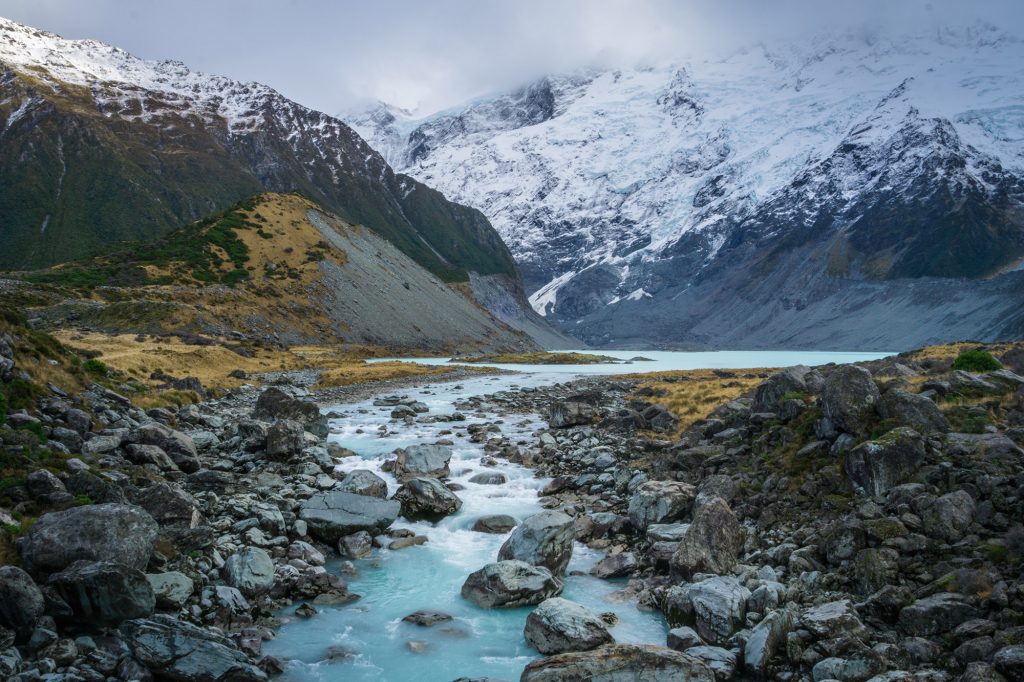
Best Time To Visit New Zealand
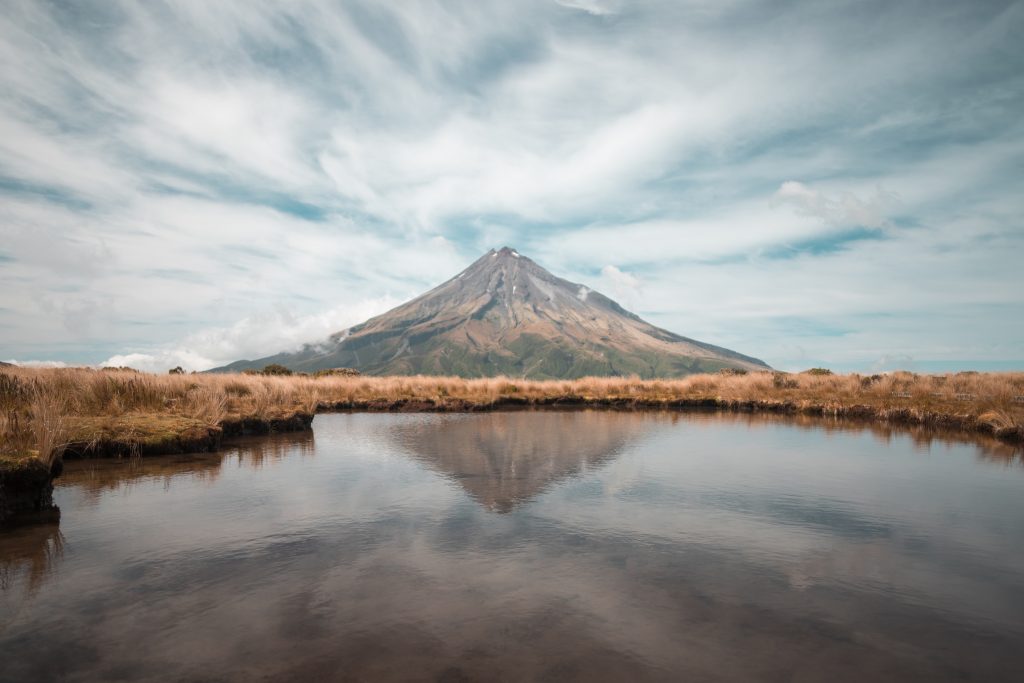
Souvenirs From New Zealand
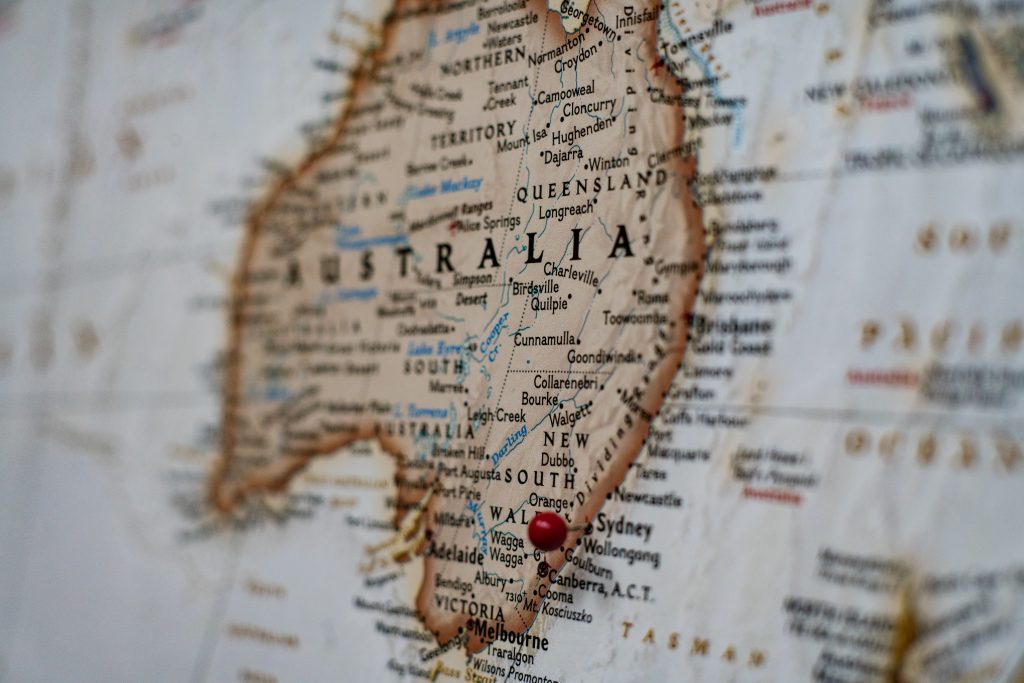
Souvenirs from Australia
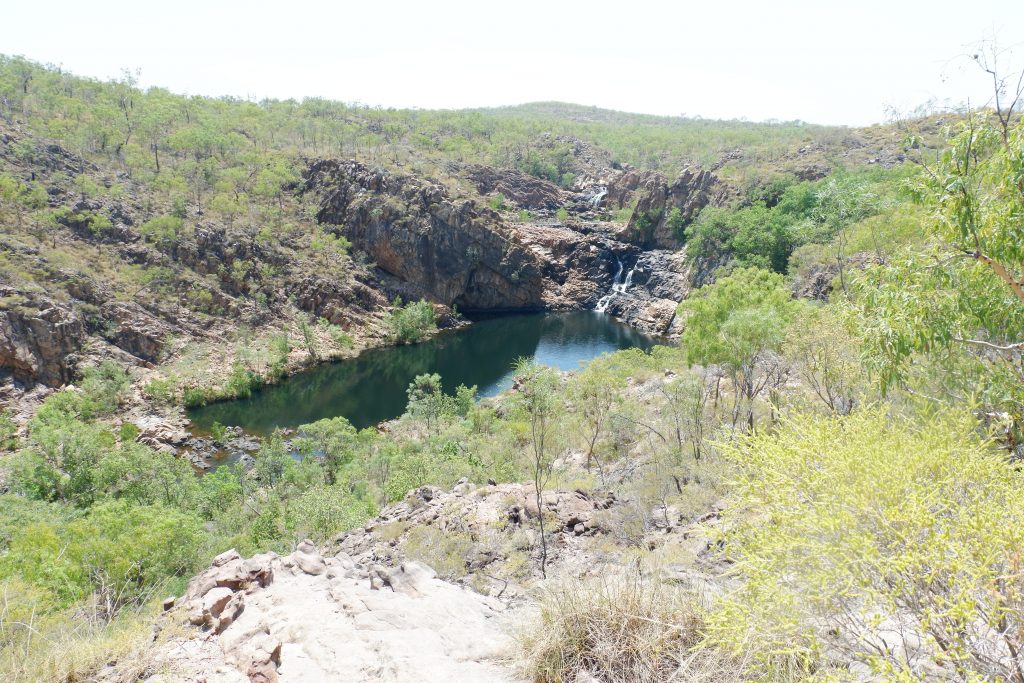
Things to do in Darwin, Australia
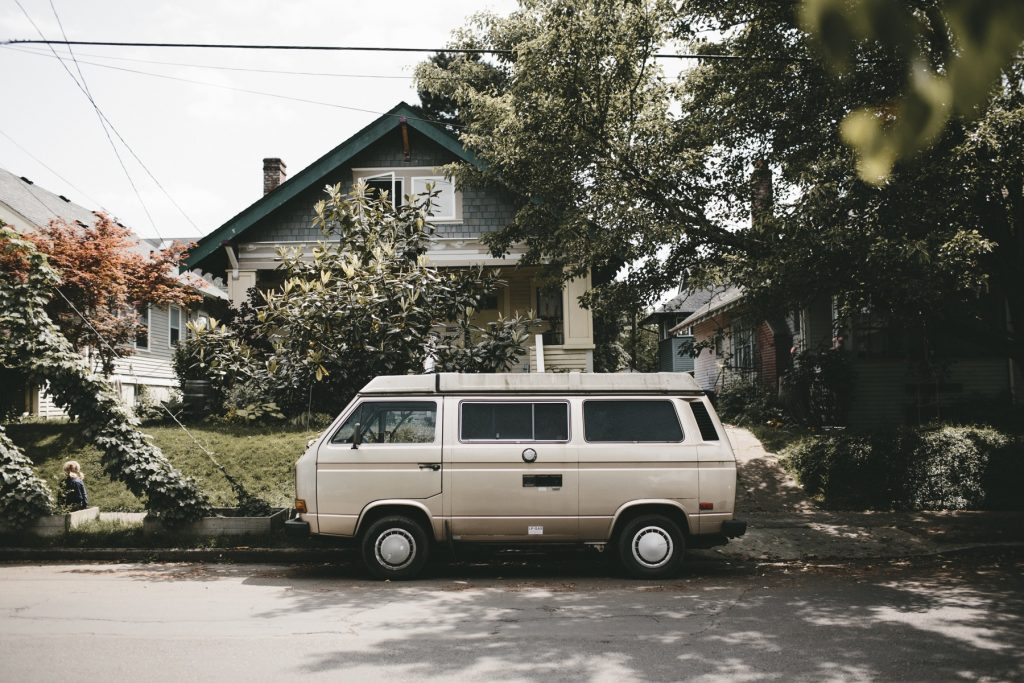
Melbourne to Sydney Roadtrip
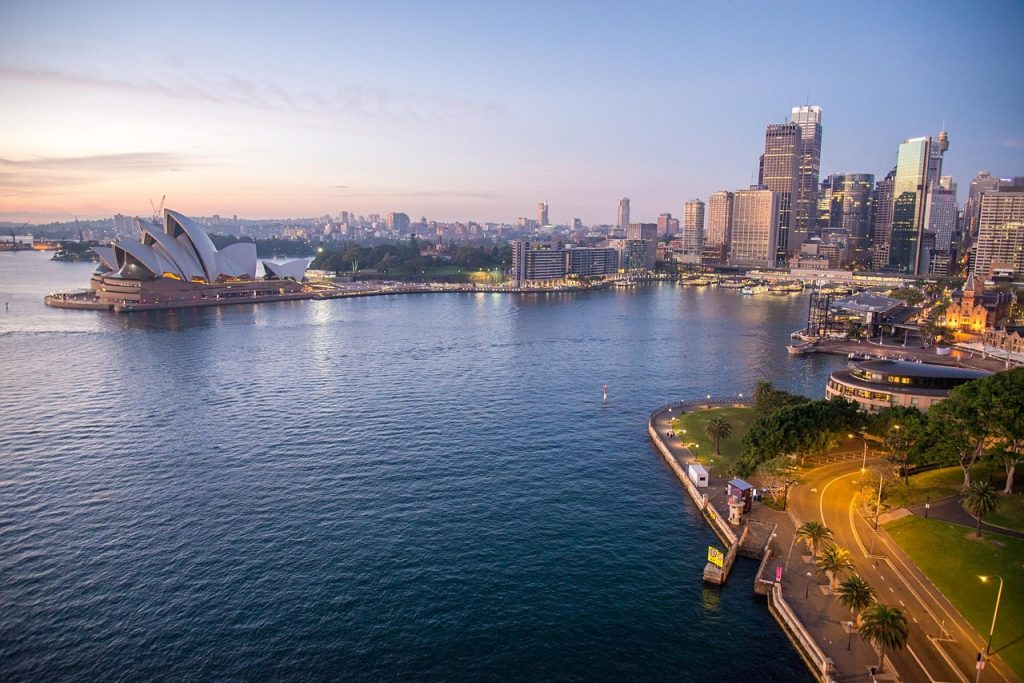
Where to stay in Sydney

7 days itinerary in the South Island, New Zealand
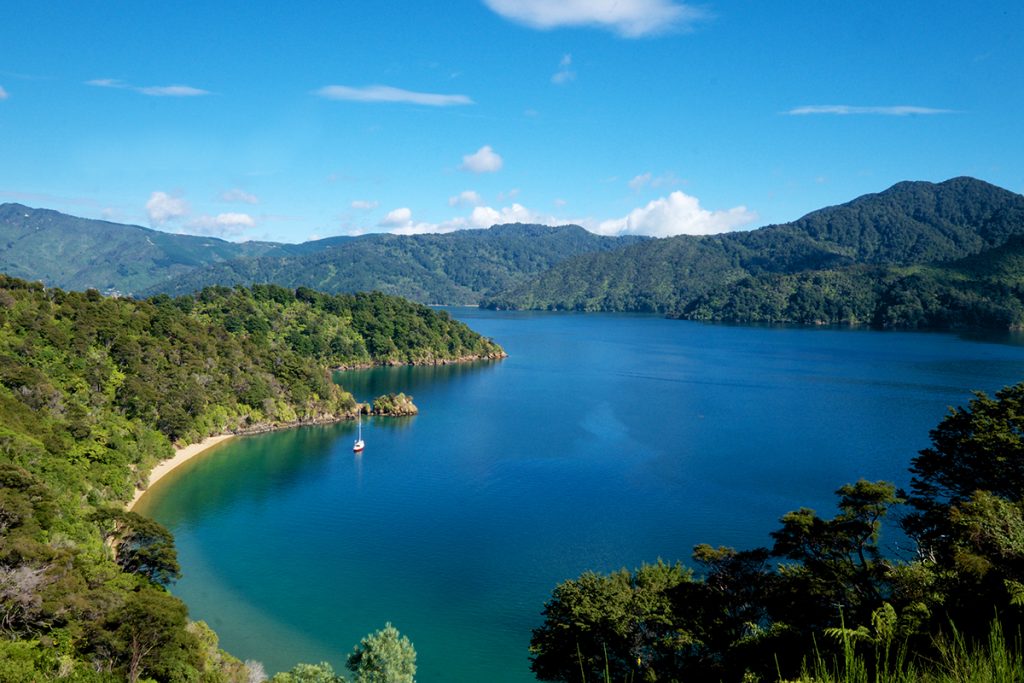
24 hours on Queen Charlotte Track, NZ
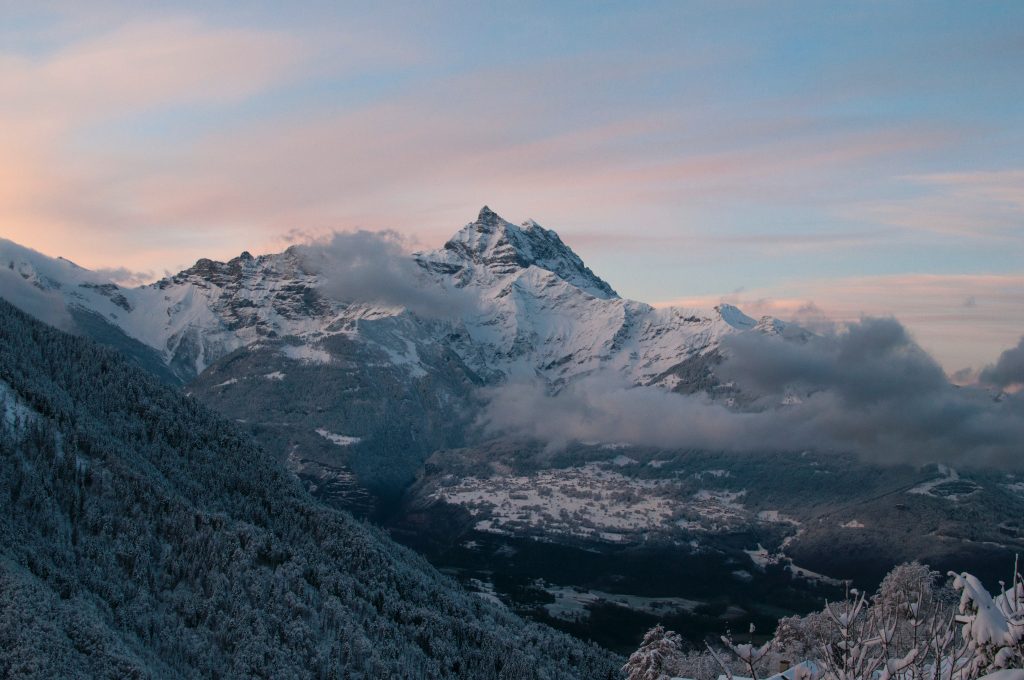
New Zealand Honeymoon
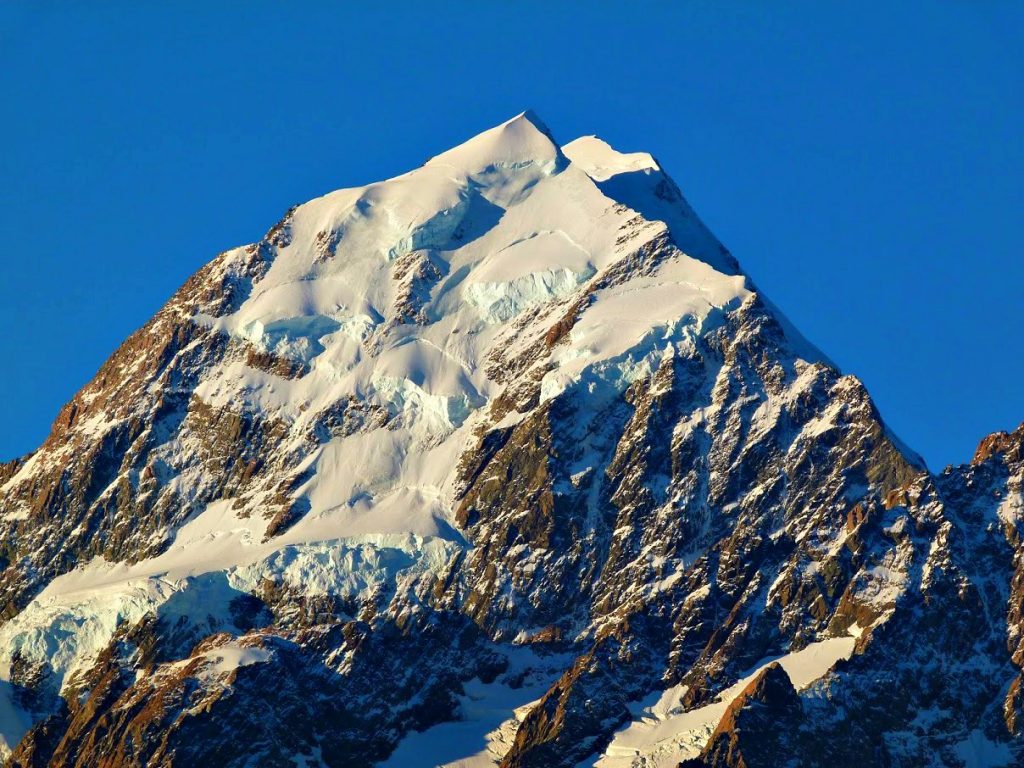
Mount Cook, NZ
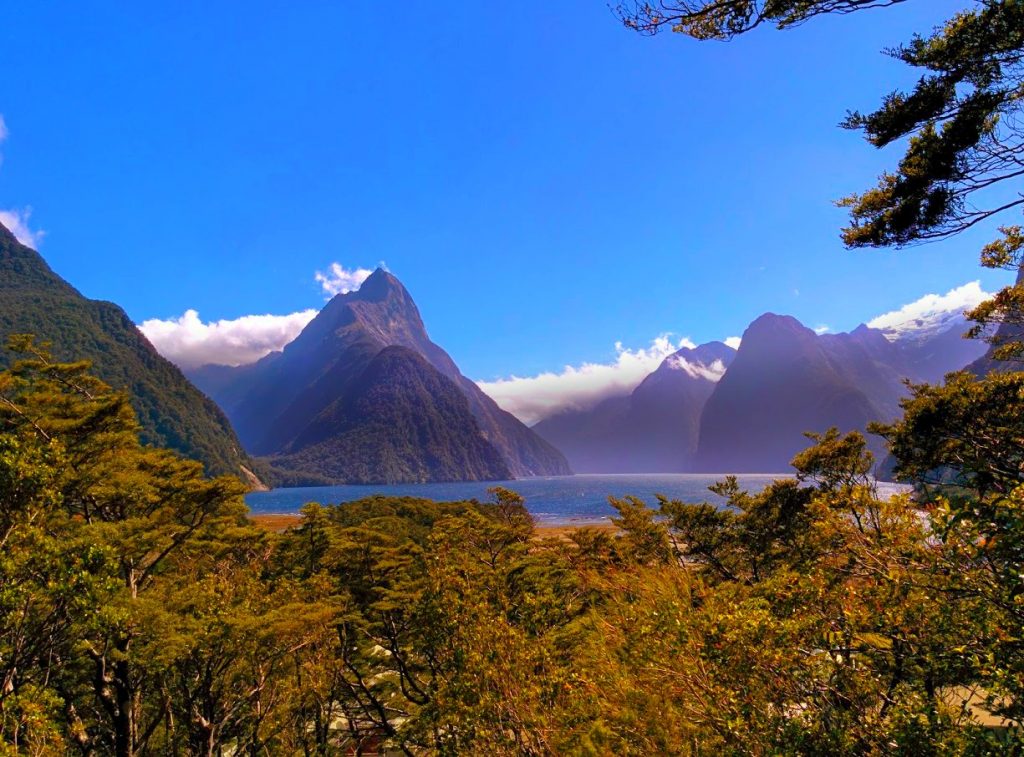
Queenstown to Milford Sound
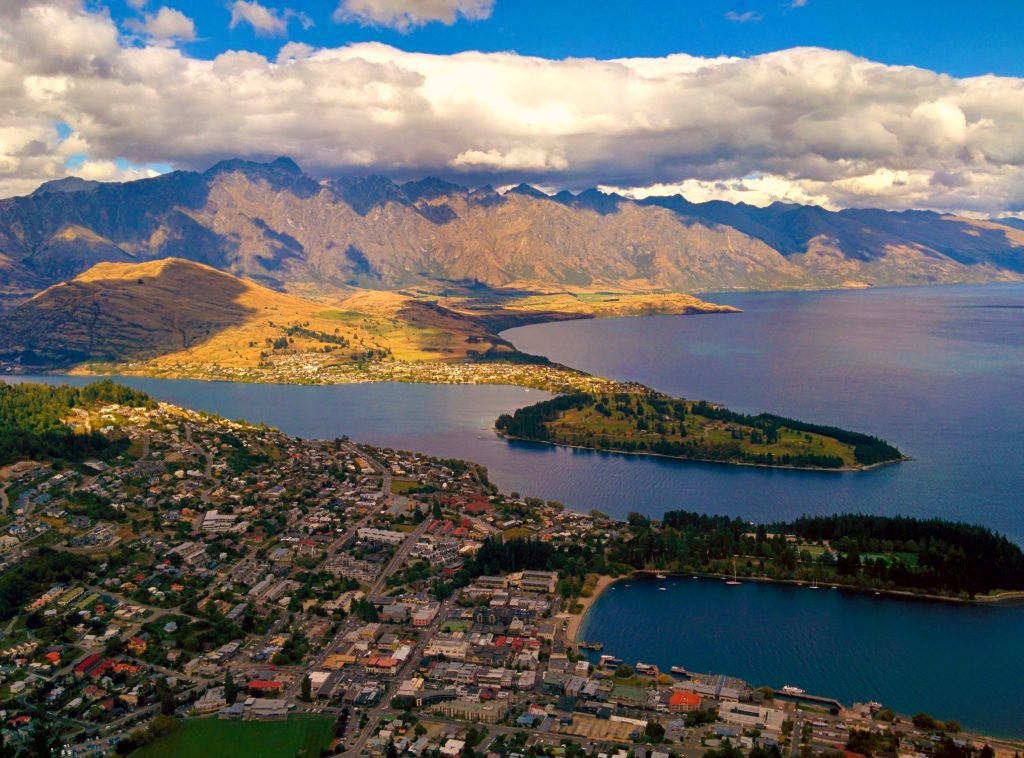
About Queenstown, NZ
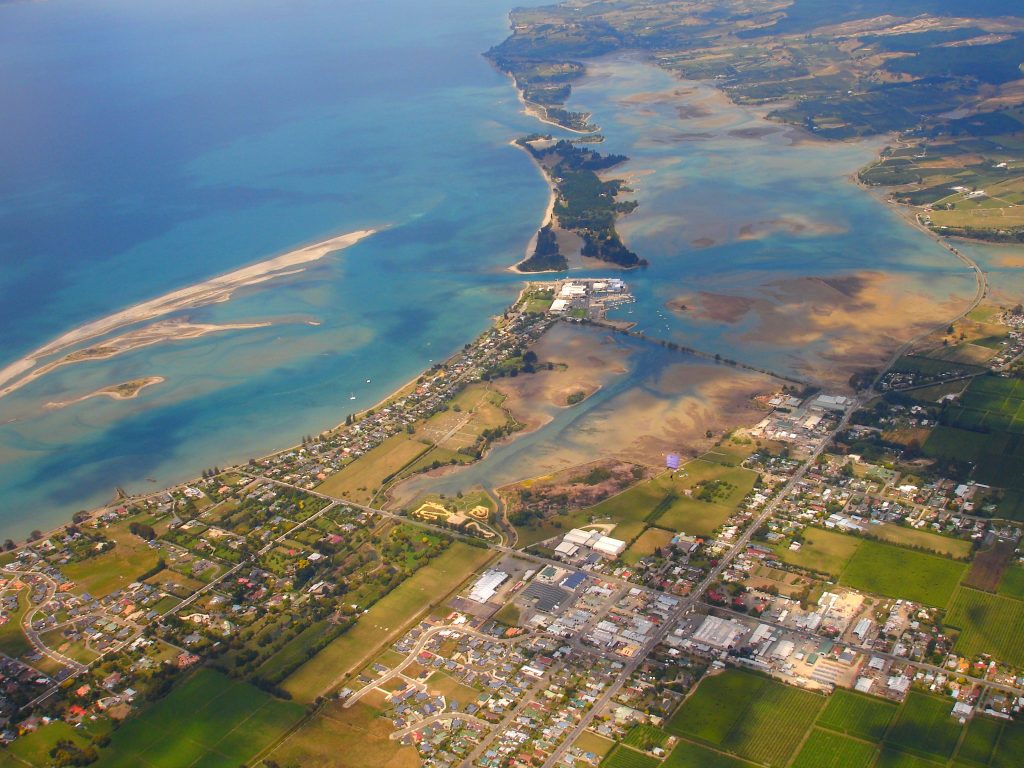
Motueka, NZ
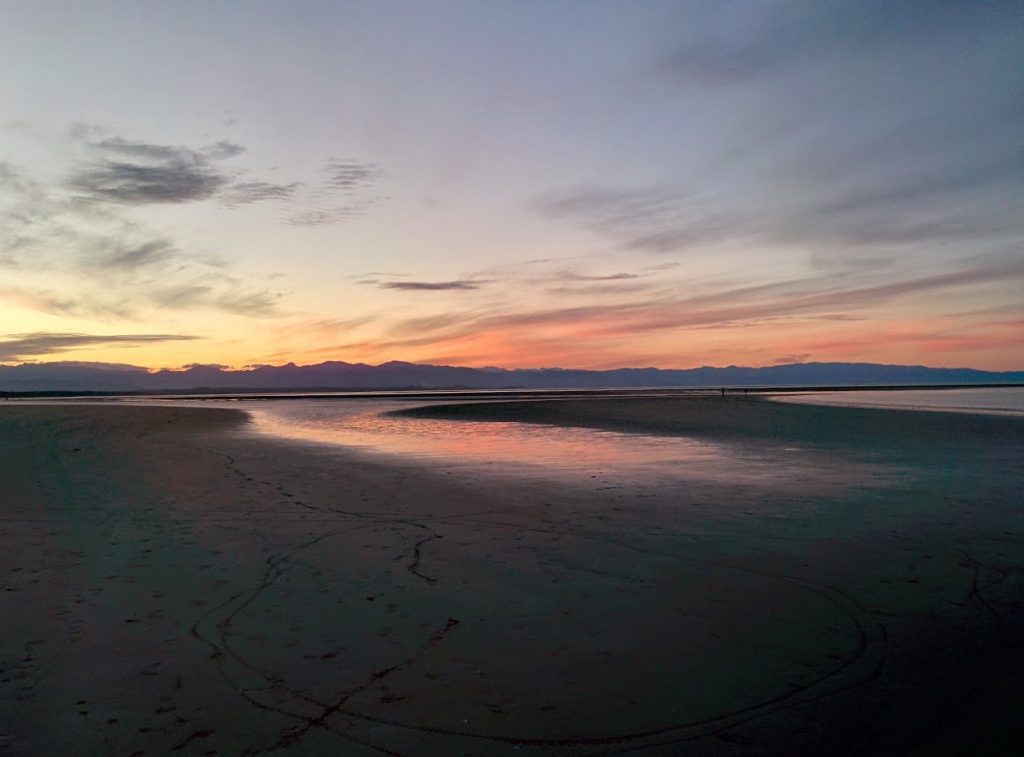
About Nelson, NZ
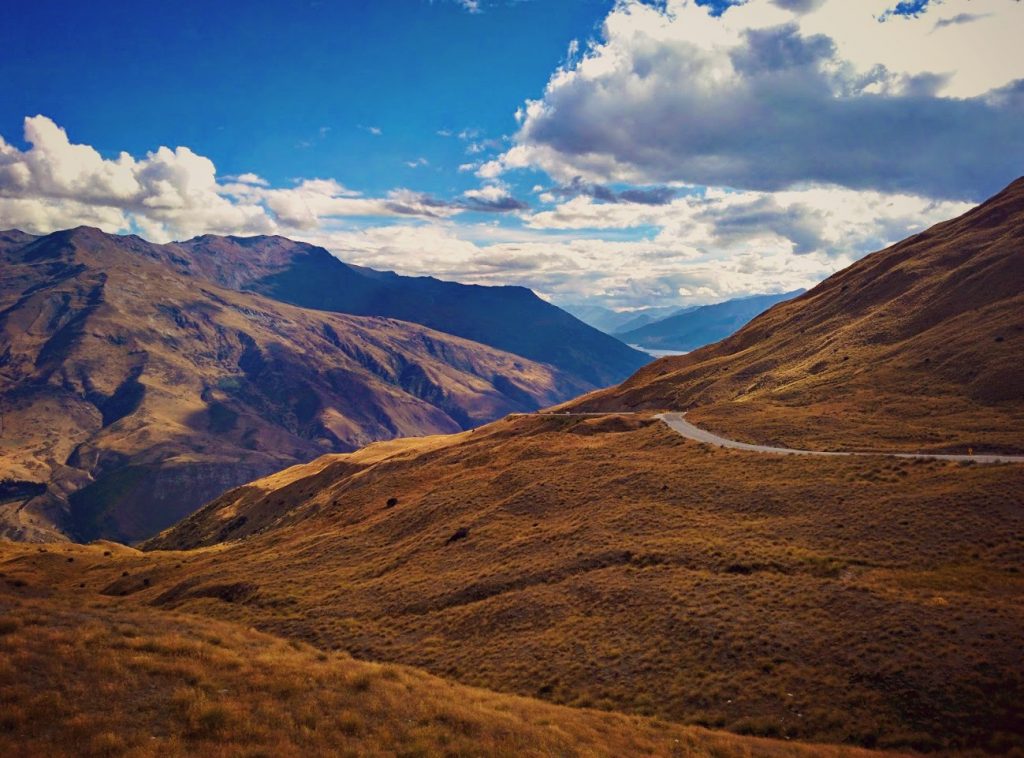
The Crown Range, NZ
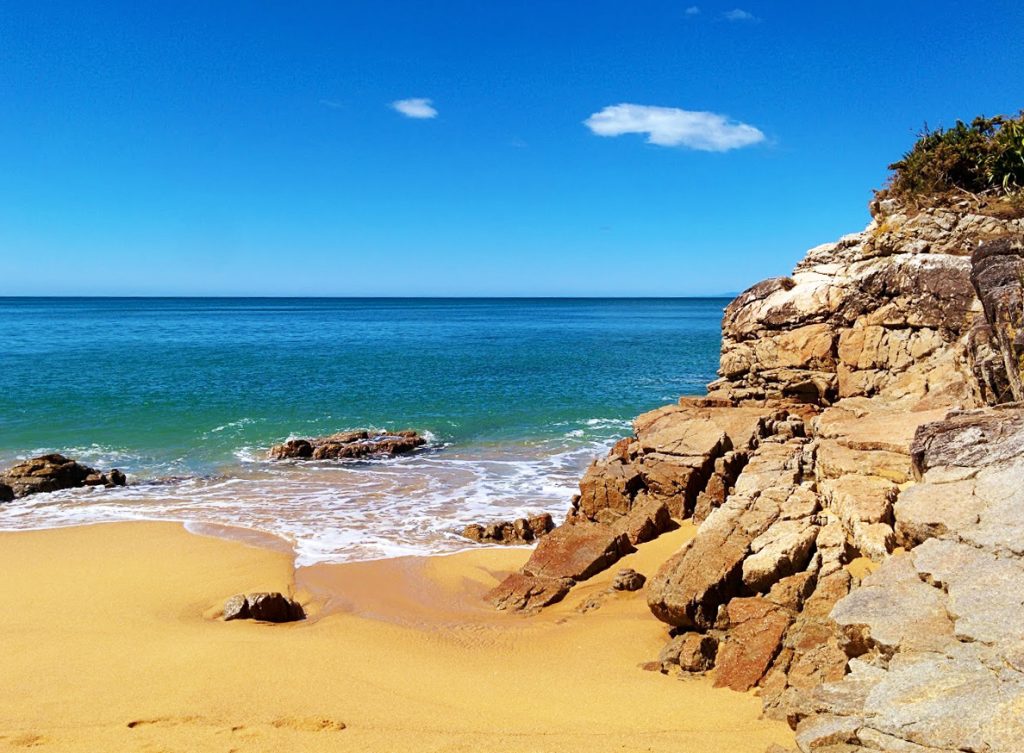
About Takaka, NZ
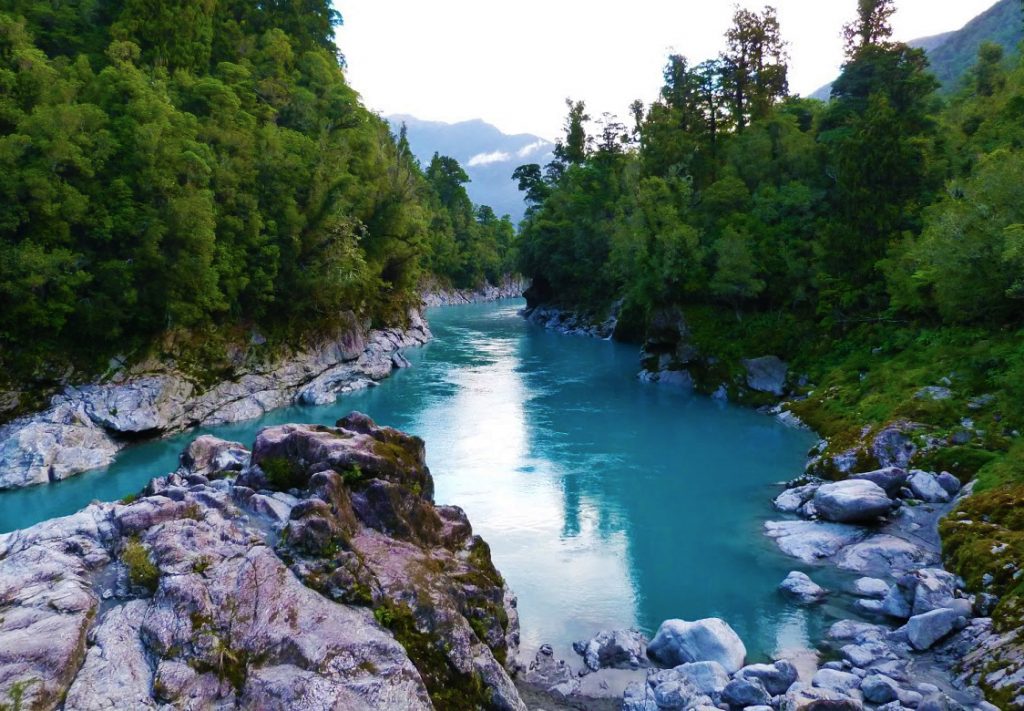
Things to do in Hokitika, NZ
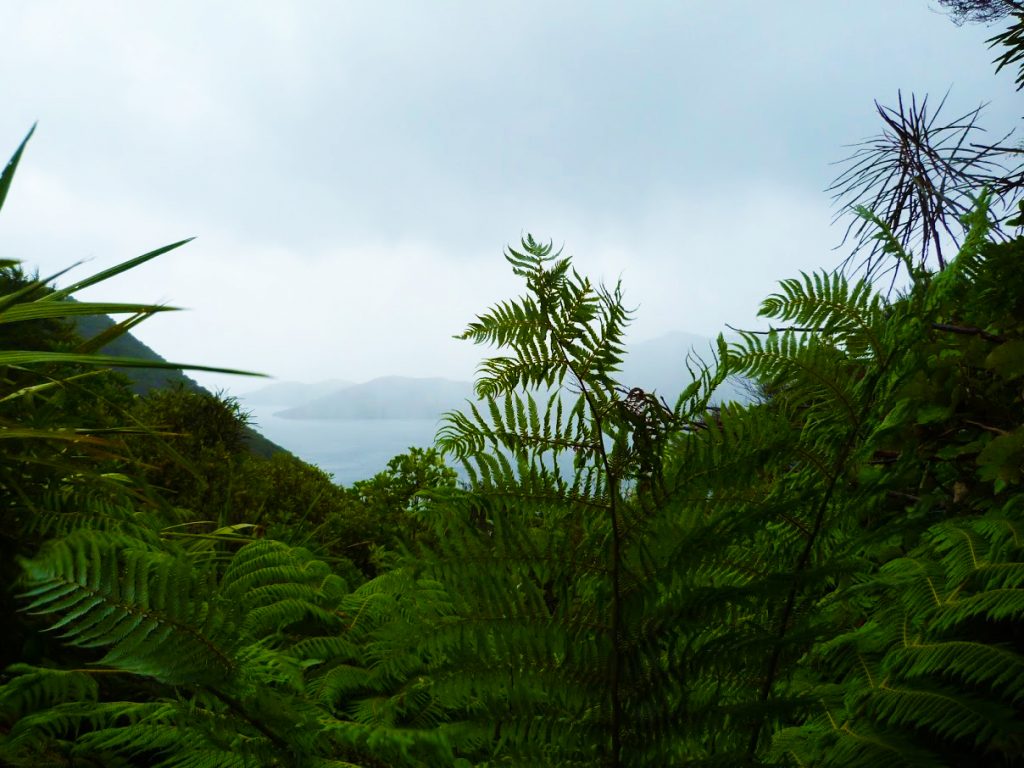
Queen Charlotte Track, NZ
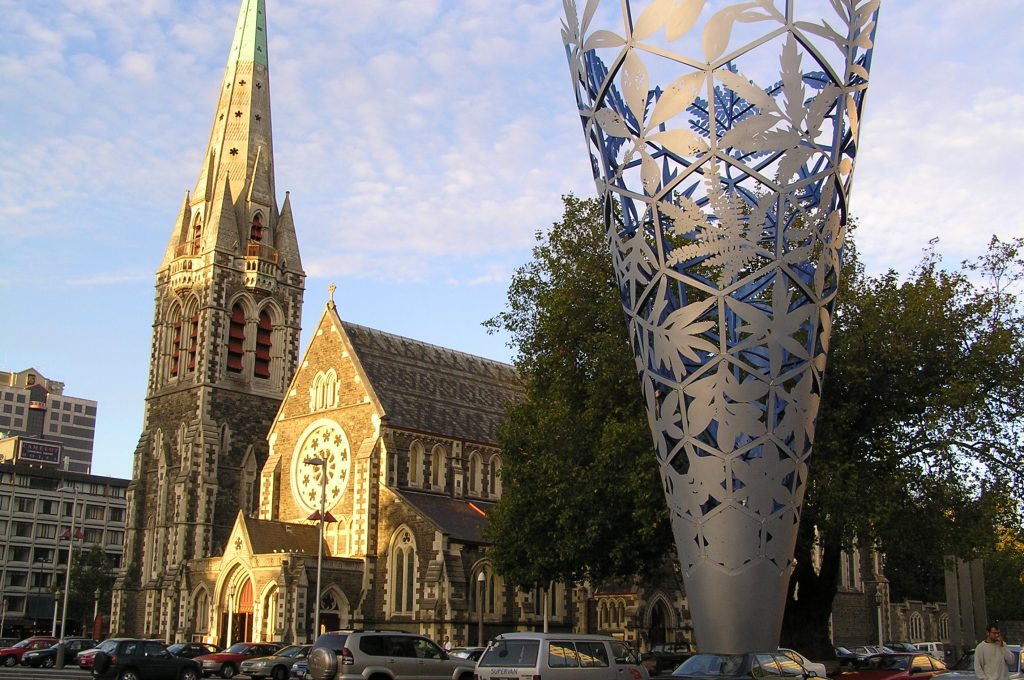
About Christchurch, NZ
